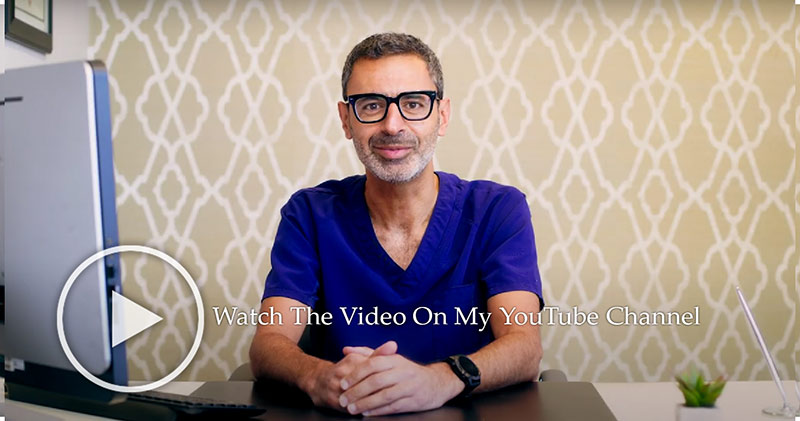High Prolactin in Men and Its Impact on Gynecomastia
Posted by Dr. Dadvand March 13, 2024
A fascinating aspect of my practice focuses on a hormone that plays a significant role in the development of gynecomastia in men: prolactin. Through the lens of a recent case, I’ll explore how prolactin levels can affect the development of gynecomastia and why addressing these levels might not always resolve the issue, necessitating surgical intervention.
The Role of Prolactin
Prolactin is a hormone produced by the pituitary gland in the brain. It’s primarily associated with lactation in women, but it can also affect men by stimulating the growth of breast tissue, leading to gynecomastia. Gynecomastia is the enlargement of breast tissue in men, a condition that can cause significant emotional and physical discomfort.
A Case Study: Elevated Prolactin Levels and Gynecomastia
A patient of mine who presented with grade two gynecomastia noticed a gradual increase in his chest size and, upon medical examination, was found to have exceedingly high prolactin levels. Typically, this could be due to various causes, including a benign tumor in the brain (prolactinoma), an underactive thyroid, or certain medications. Despite thorough testing, the exact cause of his elevated prolactin levels remained unidentified.
Treating High Prolactin in Men
My patient was prescribed medication to lower his prolactin levels, which successfully normalized them. However, this did not alleviate his gynecomastia. This is a crucial point I want to emphasize: while managing prolactin levels is important for overall health, it does not always reverse gynecomastia. The breast tissue that has developed remains, which is why surgical intervention is often necessary.
The Surgical Approach and Results
In treating this patient, my goal was to remove the excess breast tissue and fat, restoring a more masculine chest contour. Through incisions, I used VASER liposuction to target the fatty tissue, followed by the excision of the glandular tissue. This combination approach ensures that both the fatty and glandular components of gynecomastia are addressed, significantly improving the chest’s appearance.
Post-surgery, the improvement in chest contour was immediately visible. The patient’s chest appeared more defined, with a natural transition from the upper to the lower pecs. The areolas were smaller and darker, contributing to a more masculine appearance. Importantly, with his prolactin levels under control, the likelihood of recurrence is minimal.
Excessive Breast Tissue Development Can Be Treated
High prolactin in men is a topic that deserves attention, especially in the context of gynecomastia. While hormonal imbalances can trigger the development of breast tissue, normalization of these levels does not guarantee a reversal of gynecomastia. Surgical intervention remains a highly effective solution for those seeking to restore their confidence and achieve a more masculine chest contour.
If you’re struggling with gynecomastia, know that you’re not alone. Modern surgical techniques can offer significant improvements. I’m Dr. Babak Dadvand, a board-certified plastic surgeon in Beverly Hills. Contact my office if you have any questions on treatment options for gynecomastia.


